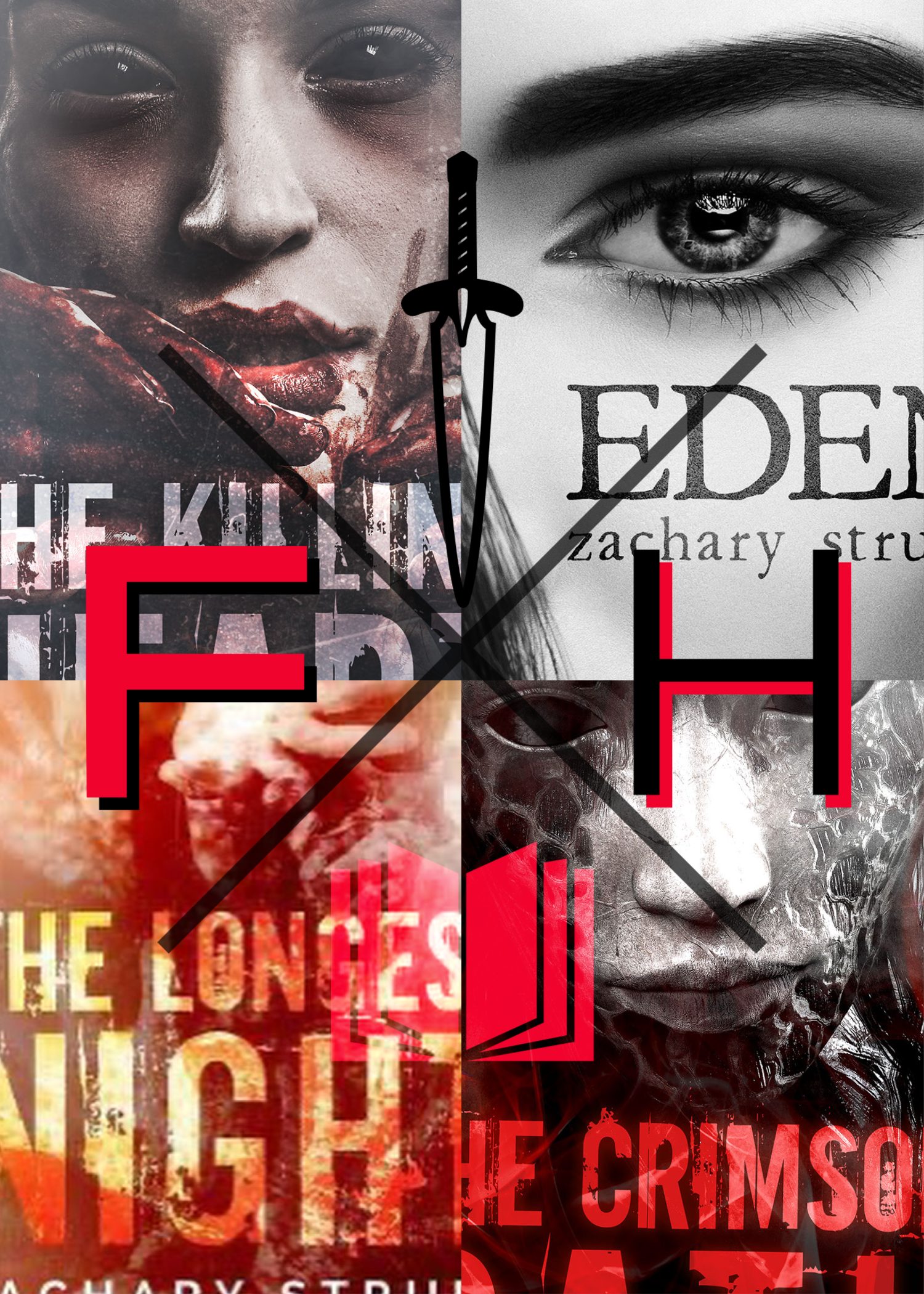Batman: The Doom That Came to Gotham (2023) - Movie Review
What do you get when you adapt a batman story from the mind of the creator of Hellboy, Mike Mignola within the awesome DC Animated Cinematic Universe?
A really good Lovecraft movie, that’s what.
Let’s discuss.
I know, I know—This page doesn’t review new movies.
I’m sorry to have broken your trust, but I couldn’t restrain myself from going out and buying this movie.
I am not only a DC fanboy, but I’m a DC animation fanboy.
While the live action DC universe is extremely hit or miss (mostly miss), the animated series and films which take place in their own continuities have been some of the strongest animated films for an adult audience out there.
The quality isn’t always outstanding, looking at you The Killing Joke and Injustice, but there’s far more solid entries like Batman: Under the Red Hood and The Justice League Dark trilogy. Now, the majority of these films take place in a shared cinematic universe.
Don’t worry, you don’t need to sit through the credits to see some stupid scene that sets up the next film. No, all of these movies can be watched as standalone features, but the majority of them take place in the Justice League Unlimited universe, pivoting from the films that was a soft reboot point - The Death of Superman / The Rise of the Supermen.
However, there are a line of films within this framework which fall outside of the that continuity. These are films based on the comics written under the Elseworlds banner. For those unaware, DC has always published out of continuity stories alongside their main universe entries. In the Golden and Silver age these stories would be labeled as Imaginary Tales, think Marvel’s What If? before that line existed.
In the 1990’s this idea was taken to another level with the publication of Batman: Gotham by Gaslight, which wasn’t officially an Elseworld’s title, that wouldn’t come until 1991’s Batman: Holy Terror, but DC has been very open that it was Gotham by Gaslight that was the inspiration for the new publishing line. Gotham by Gaslight was an imaginative take on Batman set in a steampunk Victorian version of Gotham with Jack the Ripper being the foil to Bruce Wayne’s Batman. It was a groundbreaking title, which was also recently adapted into a solid animated film available to stream on HBOMAX alongside other Elseworld’ properties like Superman: Red Son.
Enter The Doom That Came to Gotham!
Published in a three part miniseries between the years of 2000 and 2001, the comic was co-written and illustrated by Mike Mignola—the creator of Hellboy. Fun fact, Mignola also illustrated Gotham by Gaslight, but it was The Doom That Came to Gotham really let him spread his wings.
If you’ve read the Hellboy comics, you’ll know that they are much different from Guillermo Del Toro’s film franchise. The comics are dark, brooding noir-ish tales of Cosmic Horror and adventure. Hellboy isn’t a comedic figure, he’s a monster fighting to defend a world that hates him from the Eldritch terror that lives beyond man’s comprehension. He channeled all of that same energy into this miniseries of which the movie is based on.
Does the movie follow the comic exactly? Well no, the written word gives the ability to expound on the story much more than the limits a traditional film’s runtime would allow—but I think this works to the film’s strengths. There is very little needless exposition or name dropping. When Killer Croc or Poison Ivy show up, their names are subtly implied. There aren’t any WWE style entrance cinematics to take you out of the immersion.
This film is dark, violent, and depressing in the best ways.
Any character can die at any time, and many do.
One of the tenants of cosmic horror is that mankind stands no chance against the elder things encroaching on our world. The only victories gained in Lovecraftian stories are pyrrhic in nature and that holds true in the majority of Mignola’s stories.
My favorite thing done in the movie is the introduction of Batman’s rogue’s gallery as all being created or inspired by the Eldritch gods. Killer Croc, Poison Ivy, Penguin, Two Face and Ra’s Al Ghul are all explained through the Lovecraftian lens and their designs are fantastic, especially the Cronenbergian Two Face.
The animation is definitely inspired by Mignola’s own work, but is slightly brighter than his normally dark shading. It definitely has a vintage aesthetic that fits its historical, American Prohibition setting.
And then there’s the voice cast, which is a who’s who of hall of famers including the Re-Animator himself, Jeffery Combs. This voice cast might be one of the best every assembled with the likes of the great Jason Marsden, Tim Russ, Brian George, Christopher Goram, David Dastmalchian, and Patrick Fabian. As for Batman, it’s impossible to live up to the one true batman, Kevin Conroy, but David Giuntoli (Grimm) does an admirable job here. Having also voiced Batman in Batman: Heart of the Dragon, he definitely gives a stronger performance here—lending Batman a fantastic level of unhinged melencholy that fits the story well.
I can’t recommend this film enough, especially if you’re as big a fan of Lovecraftian Horror.
Currently, this film is only available as a rental or purchase on Digital—However, I’m sure it will be on HBOMAX in no time.


